Are you ready for an out of this world challenge?
Imagine a lunar rover poised on the Moon's surface, tasked with the objective of collecting and transporting lunar regolith to extract oxygen: a mission that holds the key to enabling sustained human presence and exploration on the Moon and beyond.
YOU can be part of this vital lunar mission!
Phase 2 open now
Phase 2 gives you the opportunity to synthesise insights, gained from the Phase 1 winning designs, to create a set of tangible design recommendations to inform future lunar rover designs.
Whether you participated in Phase 1 or are just joining the mission for this Phase 2, we welcome your innovative thinking and expertise. You are invited to delve into the intricacies of collecting Moon rock and dust with a one-page infographic. Your submission will provide recommendations for future lunar regolith acquisition systems, supported by analysis drawing insights from the Phase 1 winning designs, the judges’ feedback, testing data, and your own research.
Your role in this challenge is pivotal, contributing to the advancement of lunar exploration and shaping the future of autonomous rover technology for NASA's Artemis Program and Australia's Trailblazer Program.
Phase 2 launches on 29 January 2024 - let your design insights fuel our exploration beyond Earth! Open to all: There are no minimum requirements or skills to begin this challenge - it is open to all innovative thinkers and problem solvers!
Phase 1 winners
In Phase 1 of the Big Dipper Lunar Regolith Acquisition Challenge, the mission was to design a device capable of collecting and depositing lunar regolith (Moon rock and dust), to be integrated into an Australian-designed rover. This rover will play a pivotal role in proving the science to extract oxygen from regolith in an In-situ Resource Utilisation (ISRU) facility operated by NASA.
Announcing the winners of Phase 1, who shared in $15,000:
1st Place
BICEP - Biomechanically Inspired Compliant Excavator Payload
By Daniel Ricardo, Bee Rich & Philipp Zanon
“A great design based on a human arm that uses a compliant 'wrist' joint, with a 3D printed model constructed to prove the concept”
KANGA - Kompact Articulation with Novel Gear from Australia
By Chris van Dijk, Louis Burtz, Alperen Pala & James Harpur
“Innovative use of existing parts of the rover (wheels) to assist in the collection of the regolith”
ROMEO – Regolith Oxygen Magnetic Extraction Operative
By Jason Abi Chebli & Tal Donde
“An innovative and well-considered use of a rotating drum design. Demonstrates an excellent attention to detail”
2nd Place
ARC – Archimedes Regolith Collector
By Yong Ooi & James Gray
“Innovative use of an Archimedes screw mechanism. Good consideration of the lunar conditions, regolith composition and mass”
BLEW – Bladed Lunar Excavation Wheel
By Matthew Reimers
“Simple design that relies on either the rover motion or a motor to spin the mining wheel. 3D printed model was presented demonstrating collection ability”
Super Dooper Lunar Scooper
By Jack Hammonds
“Simple and robust concept, with a good case for a low risk of technical failure”
3rd Place
Central rotating drum with rear tynes
By Robert Graham
“Creative design with a possibility for collection beyond top surface depth”
E.L.R.A.S – Electrostatic Lunar Regolith Accumulation System
By Lachlan Carboon & George Polyzos
“Highly novel use of an electric field for regolith collection. The fact that it is a non-contact system may provide some durability”
QRAS – Quick Regolith Acquisition System
By Manish Shah & Vivek Nayak
“Use of a conventional Archimedes screw design with good consideration of the integration with the rover and storage of collected regolith”
Venna
By Anay Ashwin
“Clear arguments made for improvements made to an existing proven system, with evidence of durability and scalability in the design”
Honourable Mentions
Surya Sureshkumar
Andrew Wills
&
The Gunggandji Aerospace Team: Jacob Gillmeister, Zachary Bazyar, and Krish Shanmugarajah
This project received grant funding from the Australian Government’s Moon to Mars Initiative.
This challenge is hosted on the open innovation platform, Freelancer.com. Whilst you will need an account to participate, it is free to create one and easy to enter. To learn more and receive updates and notifications when the challenge launches, click the Join link above.
The challenge will be hosted on the open innovation platform, Freelancer.com. Whilst you will need an account to participate, it is free to create one and easy to enter. To learn more and receive updates and notifications when the challenge launches, click the Join link above.












